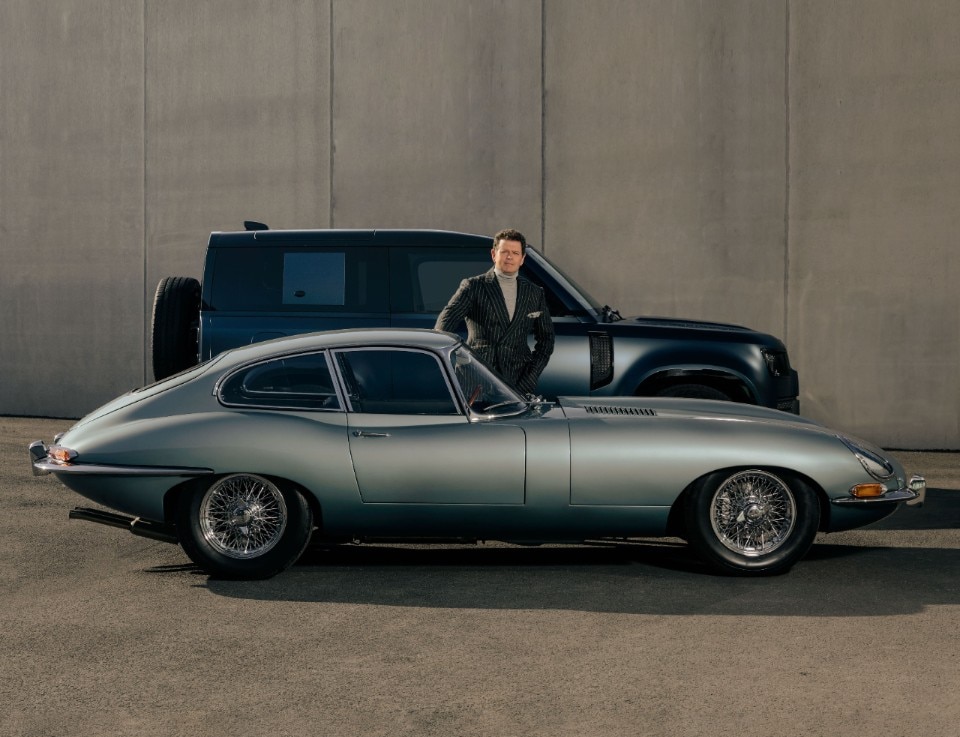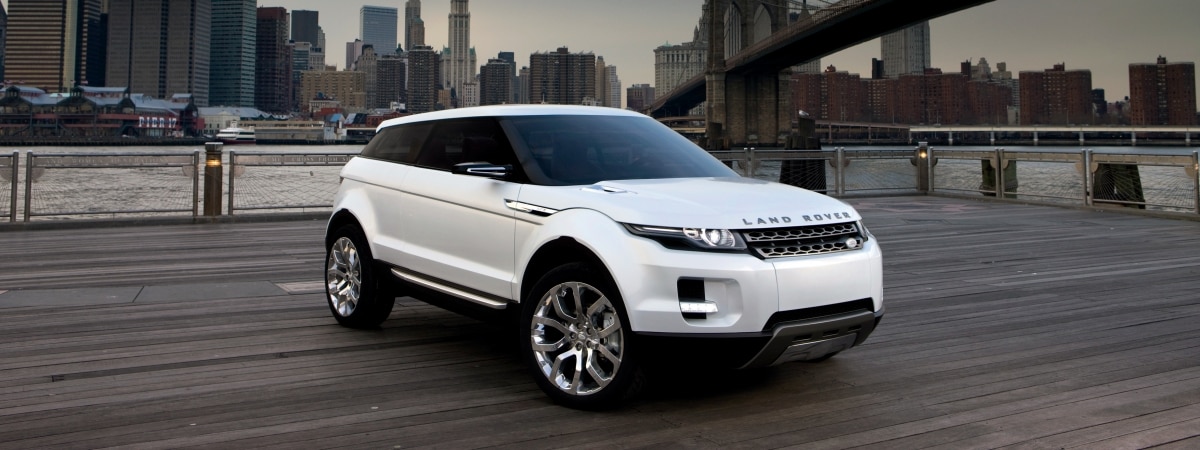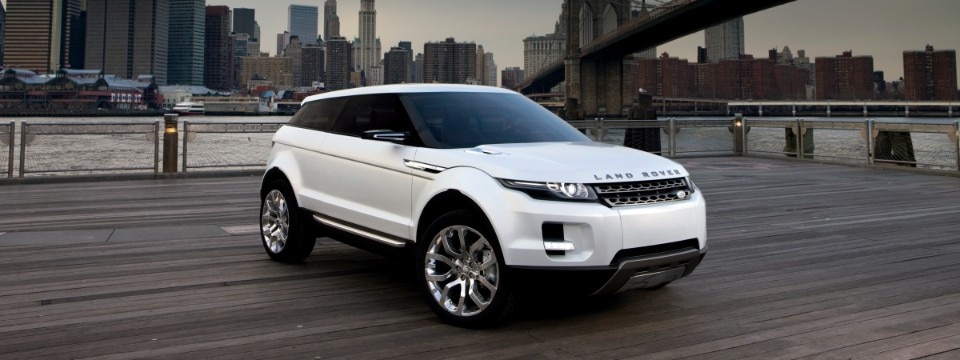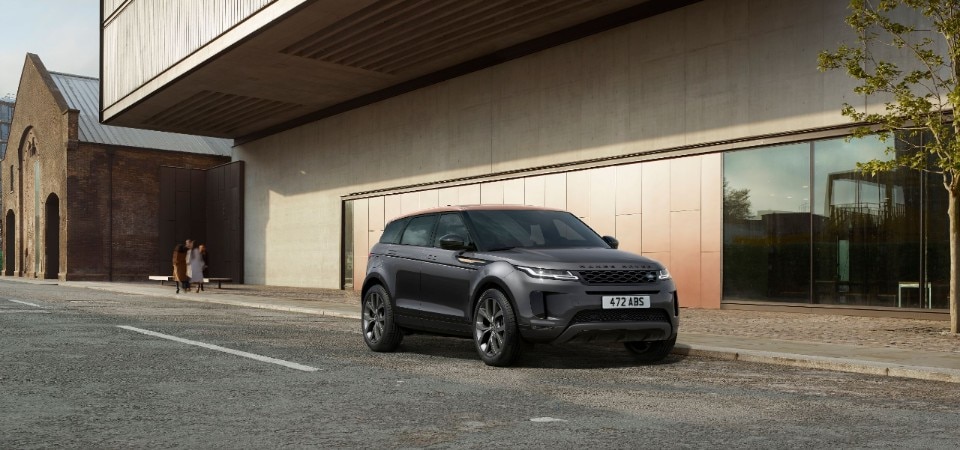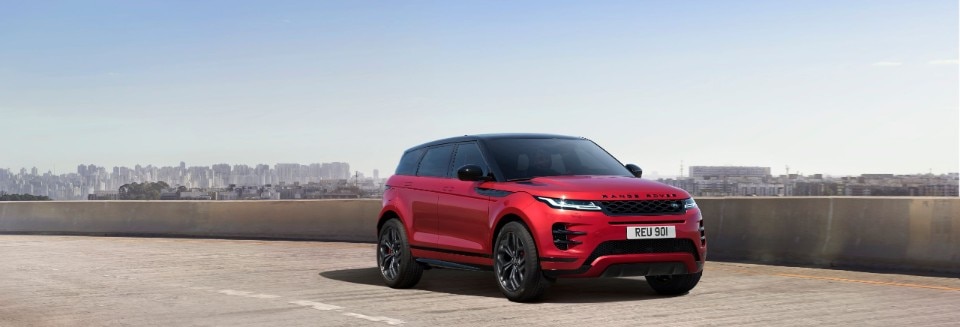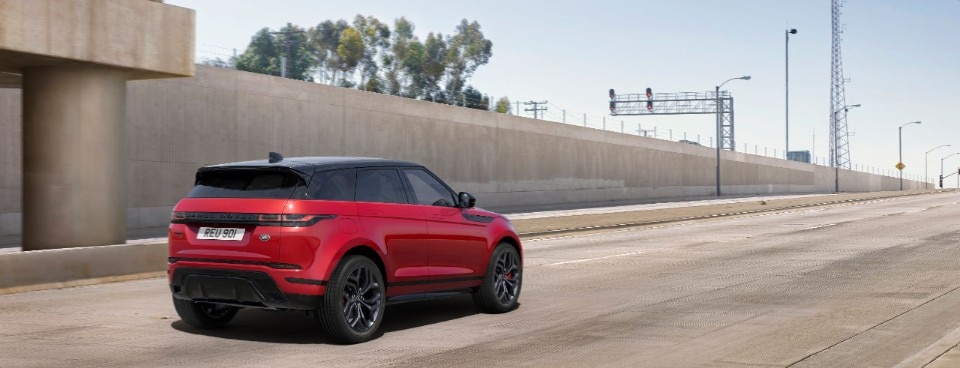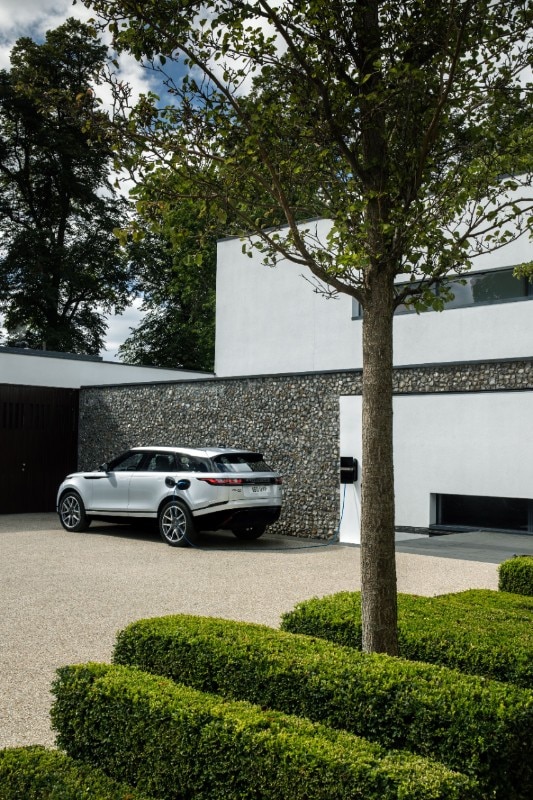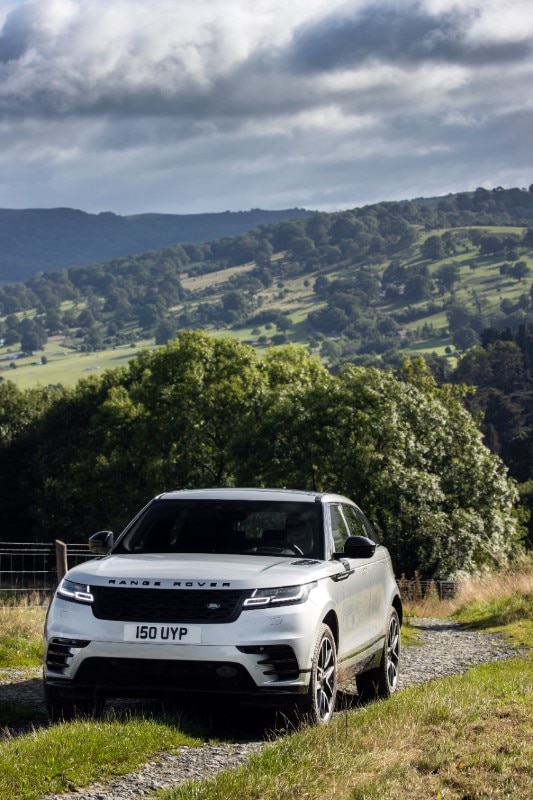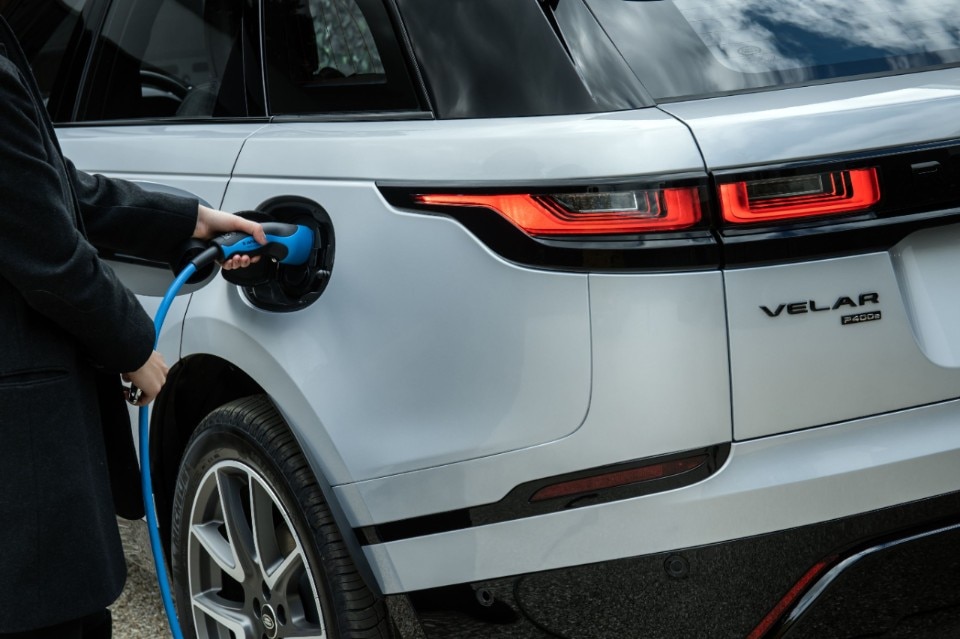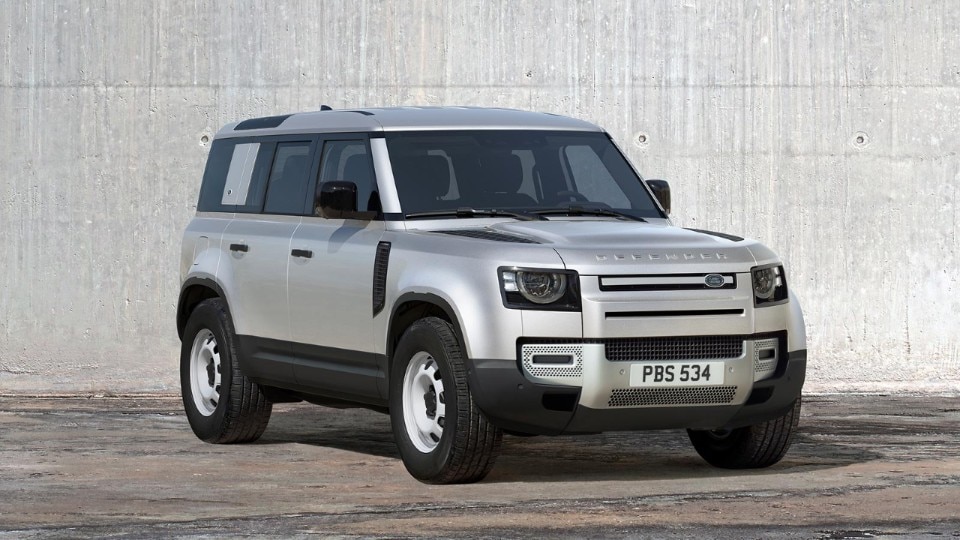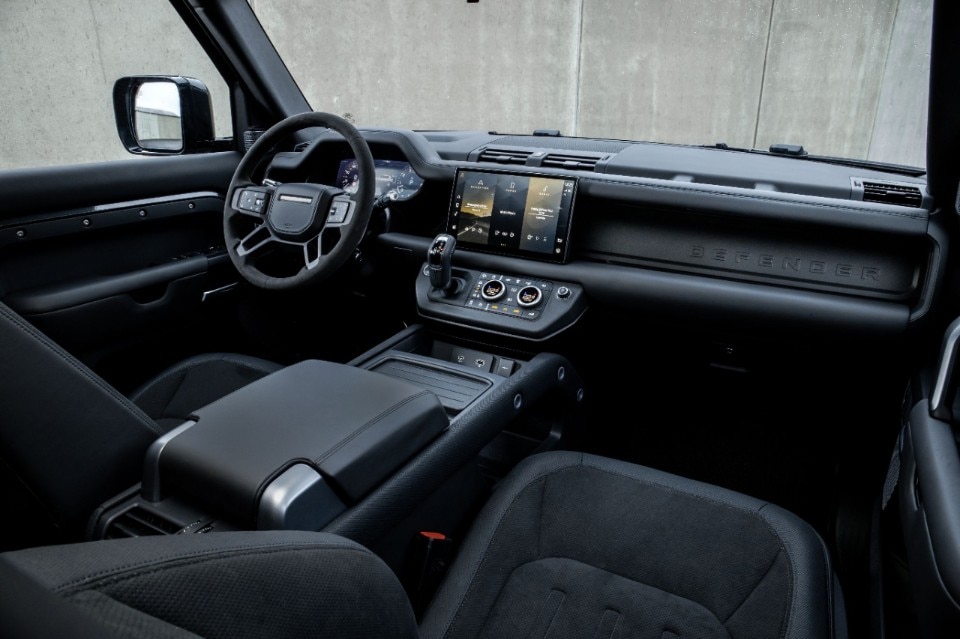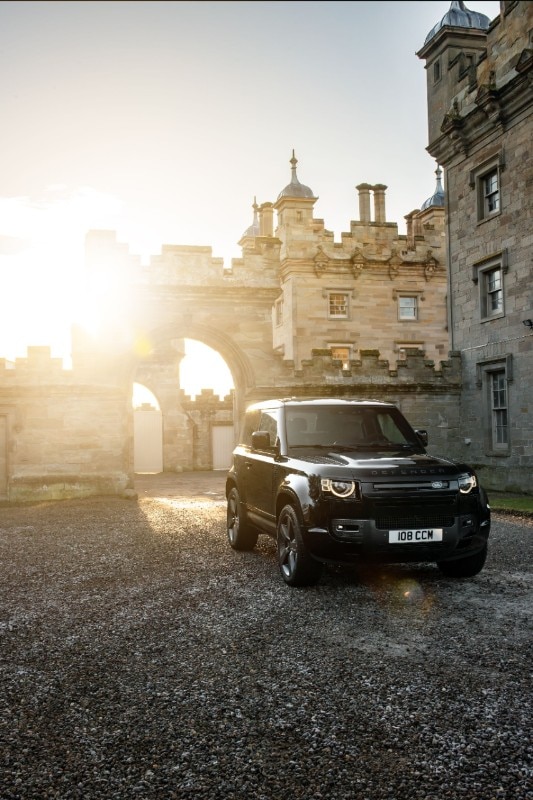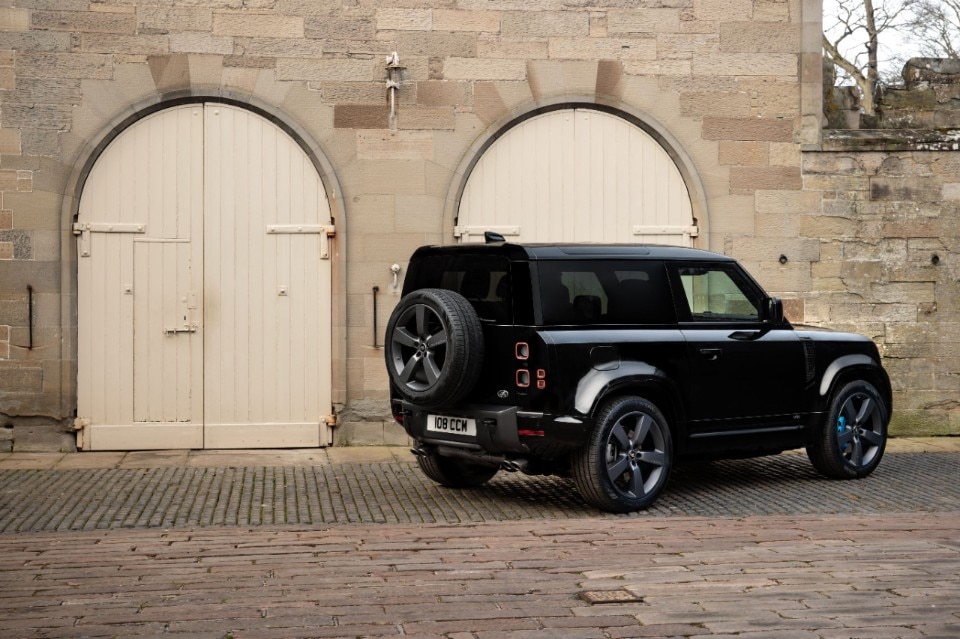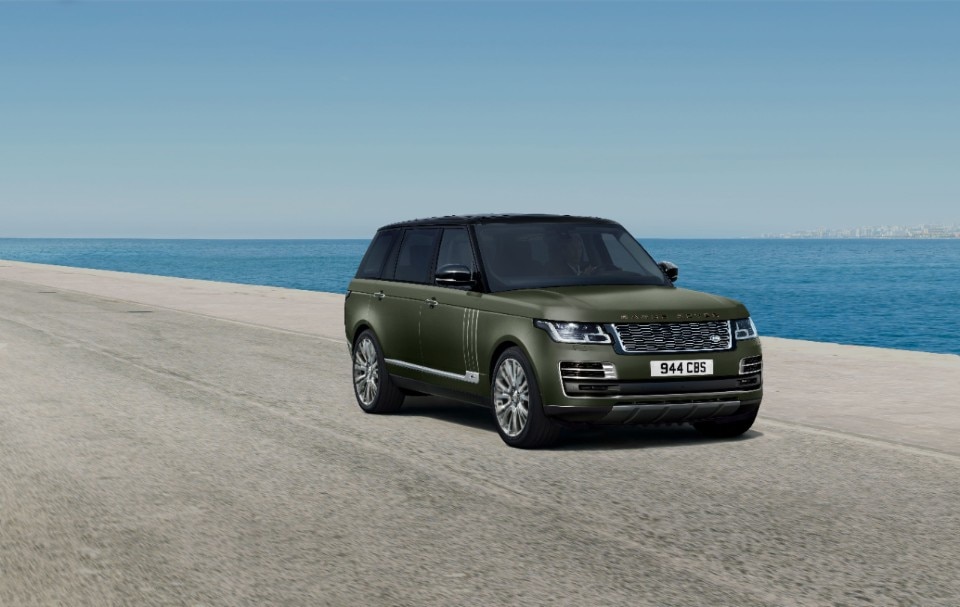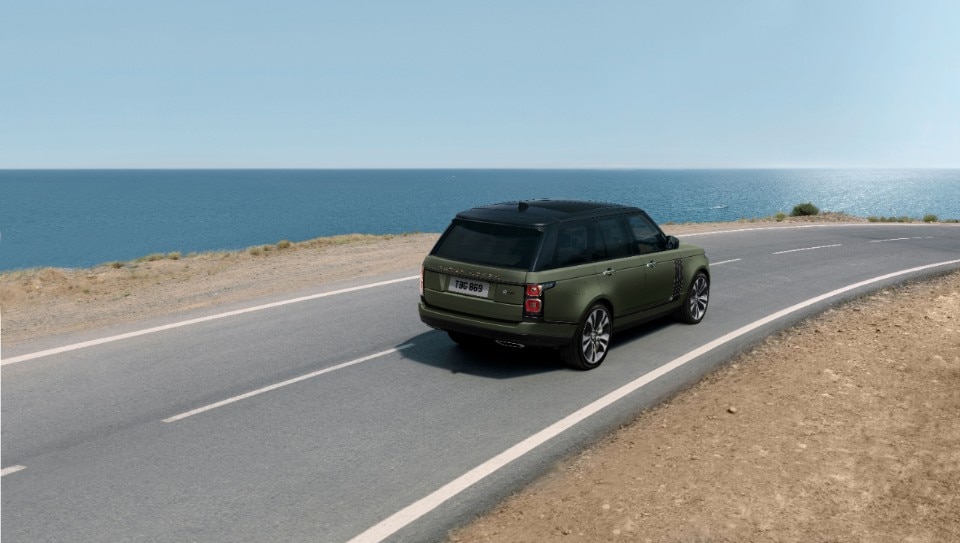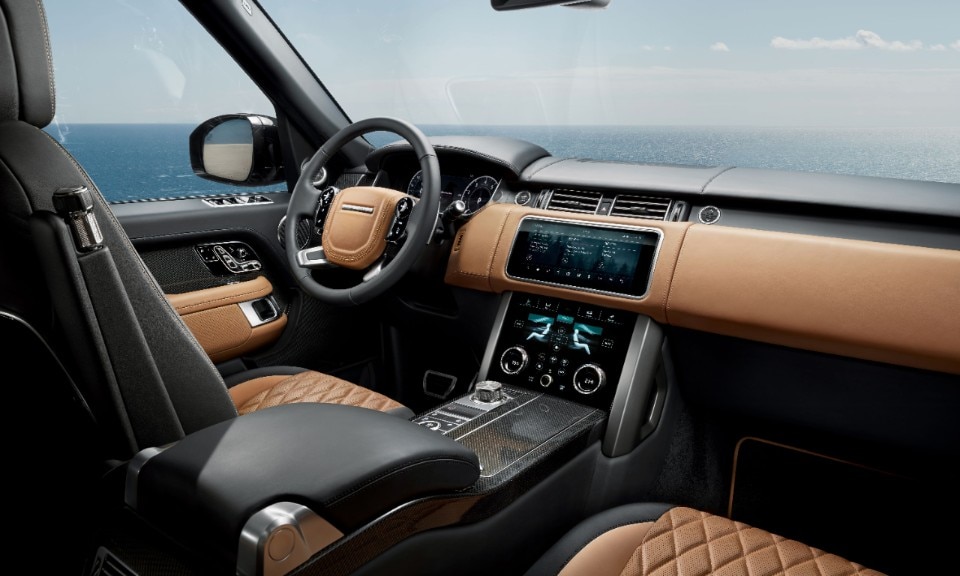“For me, design is fundamental to any product or business strategy, and my job as a creative officer is not just to design vehicles, it is to set the tonality of the brand”. Professor Gerry McGovern, OBE, the Chief Creative Officer of Jaguar Land Rover, is pretty outspoken in defining his role as a car designer. “If you accept the notion that design is the conduit of what communicates a brand's values, then you soon realize how important it is”. Professor McGovern is talking to me via video call from his house in Warwickshire, not far from the Jaguar Design Studio in Gaydon. In the background, I can see the bottom corners of what I presume is a diptych of paintings by Sam Francis, the American abstract artist who's one of Professor McGovern's favourite painters.
Sir Gerry was responsible only for Land Rover's design until January 2021, when CEO Thierry Bolloré appointed him as the head design honcho for the entire Jaguar Land Rover group. The plan is to steer Jaguar out of its brand identity crisis, turning it into a fully electric brand by 2025. "We're going to change Jaguar completely, it is being completely reimagined", says McGovern. "The brand will move far more up-market, with more of a luxury offering and lower production volumes. It won't compete in the mainstream premium market with the likes of BMW and Audi". The task is arduous, and expectations are high. Still, in our conversation, Professor McGovern expressed a clear vision of the central role of design in the automotive industry's ongoing electrification process.
Professor McGovern, the electrification of the automotive industry is well underway. As a designer, how do you approach such a time of change?
I think the first question is always whether or not we want to embrace a particular technology, and we clearly want to embrace electrification, that's a given. Whether or not we want to embrace the natural design flexibility it gives you, well, it's another thing. But one of the things that I've challenged is the fact that just because you can make a car have a really long cabin and a cab-forward position, do you actually want it?
I might argue that everything is governed by physics, and volume and proportions are everything, whether it's the design of a building, the design of a watch, or the design of an electric car. It's also fundamental that we focus on what looks "just right" for us, what looks balanced, what gives you that guttural "Wow, look at that". So for Jaguar, I'm much more interested in exuberant proportions, and in my world, that means large premium gaps, long bonnets, a powerful stance, all those sorts of things. You can juxtapose that with incredible modernity and surface, combined with state-of-the-art electric technology.
Now, you mustn't let the technology itself dictate your design choices. In my view, we should embrace EV technology in a way that allows us to design the car in the best way that's appropriate for the brand and its target consumer.
I might argue that everything is governed by physics, and volume and proportions are everything, whether it's the design of a building, the design of a watch, or the design of an electric car. It's also fundamental that we focus on what looks just right for us, what looks balanced, what gives you that guttural ‘Wow, look at that’.
Who's that target consumer for the new Jaguar you're envisioning, exactly?
We're going after a particular type of person that embraces the notion of desirability through design. They're generally design literate people, although they are not design experts. From a pure design perspective, it's about finding the balance. Take an element like the bonnet, for example. You don't need an engine in there anymore. You could get rid of the bonnet if you want! Yet you can use that space to add to the balance, to make the car bloody desirable. This way you're giving your customers a higher level of desirability. I maintain that great design has the ability to enrich people's lives. Our customer is interested in modern art or, you know, mid-century modern furniture, contemporary furniture, architecture, whatever. That's the world that they live in, and it enriches their lives. And those are the sorts of people that will buy our vehicles, not people that just want to go from A to B. They are people who are interested in technology, but not just for technology's sake. Technology's role is to benefit the customer and make vehicles easier to use or more connected. But more importantly, it makes the overall offering to the consumer more of an appealing proposition.
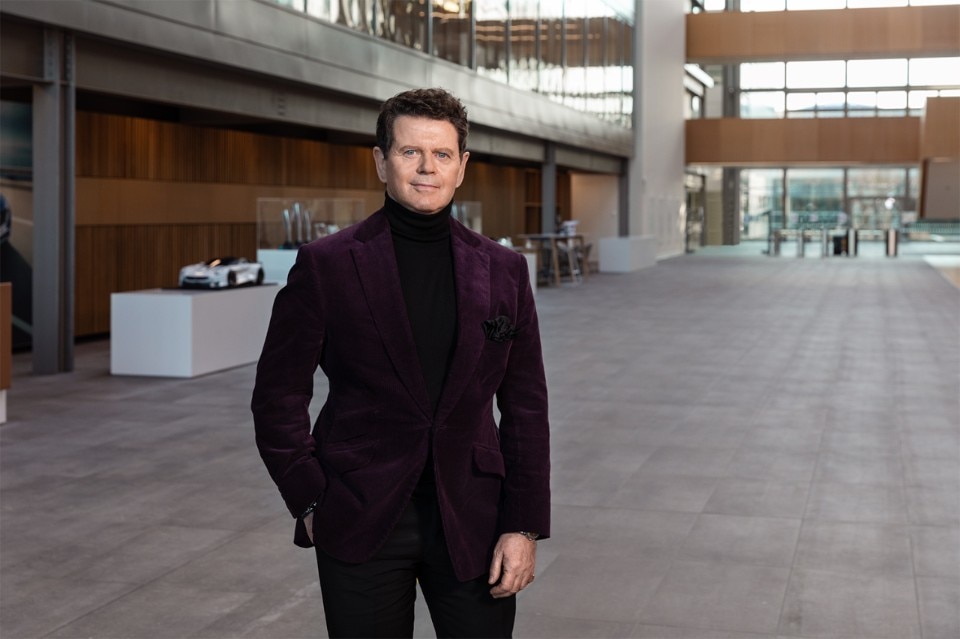
Technology gets more and more inside the car, and companies increasingly need to integrate it into their cohesive design process. As a car designer, you now deal with human interfaces and UI/UX design. How are you approaching this added level of complexity?
You're absolutely on point. And you know what, the entire automotive industry so far hasn't been that brilliant at all this, to be honest. We all come from a traditional approach, and I think this is the main reason why Tesla has been so successful. Musk is a bloody genius; he's an innovator, a disruptor. But part of that comes from the advantage of starting from scratch. They appeal to a young crowd, who's always connected and expects that. But the market is more segmented than that, and we don't sell just to young people. We make expensive, highly sophisticated cars. So that's why, in the past, this part of the car always tended to be more engineering-led, then we designers tried to beautify it. Now we absolutely need to become much better and much quicker at embracing the digital interface in our vehicles, both onboard in the car and offboard.
Do you think it would be easier for a company like Jaguar Land Rover to become better at UI/UX design, or for a tech company like Apple to develop a convincing car design?
I haven't spoken to Jony Ive (Apple's former Chief Design Officer, ed.) for a while. He's a big Range Rover fan, and he always said to me, "what you guys design is so much more complex than what we do". The complexity of designing a car is a big deal. What they do is great, but their interface with a consumer is different. You've got an iPhone, you've got a screen, you've got complex components, but you're not putting that into a machine that needs to be driven and is not fully automated. So, it's fair to say that we'll probably never be as good as Apple at technology, but we can be a lot better with the right approach. On the other hand, I'm not convinced Apple will ever release a vehicle. Or Dyson, for that matter. There's been a lot of talk for years around that, but nobody has seen any results yet.
Electrification carries the great opportunity of minimizing our cars' impact on the environment. Does this have an influence on your design process in any way?
The way we approach sustainability is different from mainstream brands or the mainstream businesses, or the way commodity-driven companies would. We don't produce commodities, we actually produce products that our customers have an emotional engagement with, and in some cases, they even love. There's a visceral emotional connection. That's why sustainability is something we've been involved with for a long time. Now, it's still part of our journey of transformation. In the past, people have focused on the impact of big cars and SUVs like our vehicles. That's why we've been doing a lot already in bringing down our cars' weight, improving their aerodynamics and the propulsion systems. I think the important thing to say is that sustainability in the future will be a given. People will expect it, particularly in the world of luxury. I was reading an article recently that said that in the luxury sector, businesses were far more focused on sustainability now, and spending a lot more in terms of investment on it than mainstream businesses. Governments need to do more to support and encourage companies to embrace sustainability in its totality. Because for it to really be embraced, particularly for vehicles, a lot of infrastructure needs to be put in place.
Talking of infrastructures, EVs will also greatly influence how our cities will look in the future. As a car designer, do you think you'll have a role in shaping the way our urban landscape will look in the future?
There's a couple of things to consider. One is, what's the role of a vehicle in the urban environment? My answer to that would be quite a glib one: it's to make the urban environment more attractive. Let's stop making ugly cars, and let's make them all incredibly desirable. You'll admit a lot of vehicles on the road today, when you look at them, well, they're just nondescript, and they're pretty boring. So the first contribution is aesthetics. Then of course what we're talking about here is a much bigger question about the environment, the infrastructure, the technology, and how you can bring all of that together. People in the future will look back at the way we drove these things, and it will all look pretty archaic. Having said that, if you look at the automotive business over the last 100 years, it's changed massively. But in terms of its core elements, you've got a car on four wheels, you've got a petrol station. Most of what has to change has to do with businesses, government, even the entire social-economic code.
So, what is left for designers to do about that?
Well, what we as designers can do is look at the way everything connects with the vehicle and the brand, in terms of the environment around it. Whether it's how we take it to market, the dealerships, the configurators, the way we talk about the brand. And everything has to be connected, and it's a lot! You need a big brain to work all of that out, and I'm just a car designer! (laughs) I would argue it's probably one of the most fascinating times to be in our business. We've got so much to do. That's why I'm not going to be retiring anytime soon.


